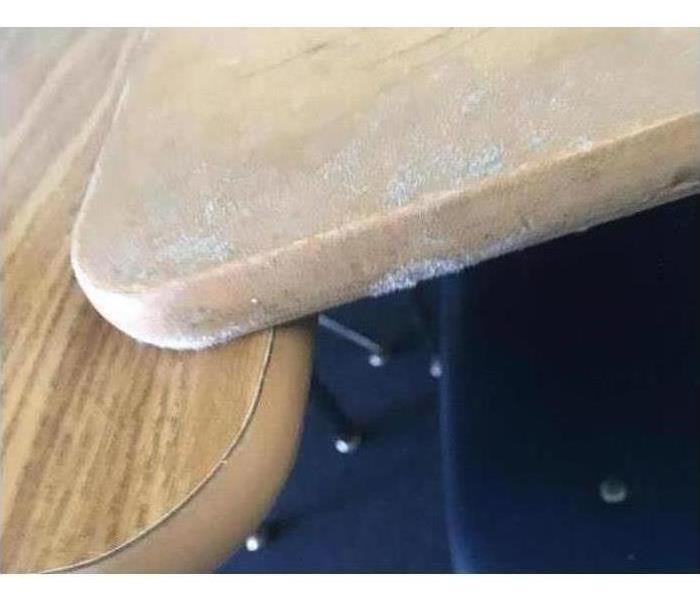Mold Remediation
4/23/2024 (Permalink)
High Humidity and HVAC system not properly working:
A classroom with a high relative humidity experiences air that is very moist, making students feel overly chilled or sticky depending on the temperature. All that extra water in the air facilitates the growth of bacteria, mold, fungus and dust mites.
High humidity levels even result in condensation forming inside the windows, ceilings and walls of classrooms and other areas of a school, damaging building materials.
Controlling Humidity Levels
Moisture concerns inside schools are caused by a wide range of conditions, such as leaks in plumbing and in the roof, condensation, damp ground beneath a structure and outdoor humidity. The simple act of students exhaling creates moisture. Tightly sealed newer buildings might not allow moisture to escape. Even temporary, portable classrooms frequently see higher humidity and mold growth.
There are several ways to control and reduce humidity levels inside schools and classrooms.
- Make sure adequate ventilation exists to keep humidity levels between 30% and 50%.
- Install exhaust fans if you have kitchens for cooking and washing dishes inside classrooms. Give individual classrooms a de-humidifier.
- Install insulation to cut back on condensation on cold surfaces like windows, exterior walls, pipes and floors.
- Mount tile around drinking fountains and classroom sinks and on the floor below.
By controlling humidity levels, pathogens, mold, fungus and allergens are controlled as well. If mold is not removed after optimum humidity levels are reached.





 24/7 Emergency Service
24/7 Emergency Service